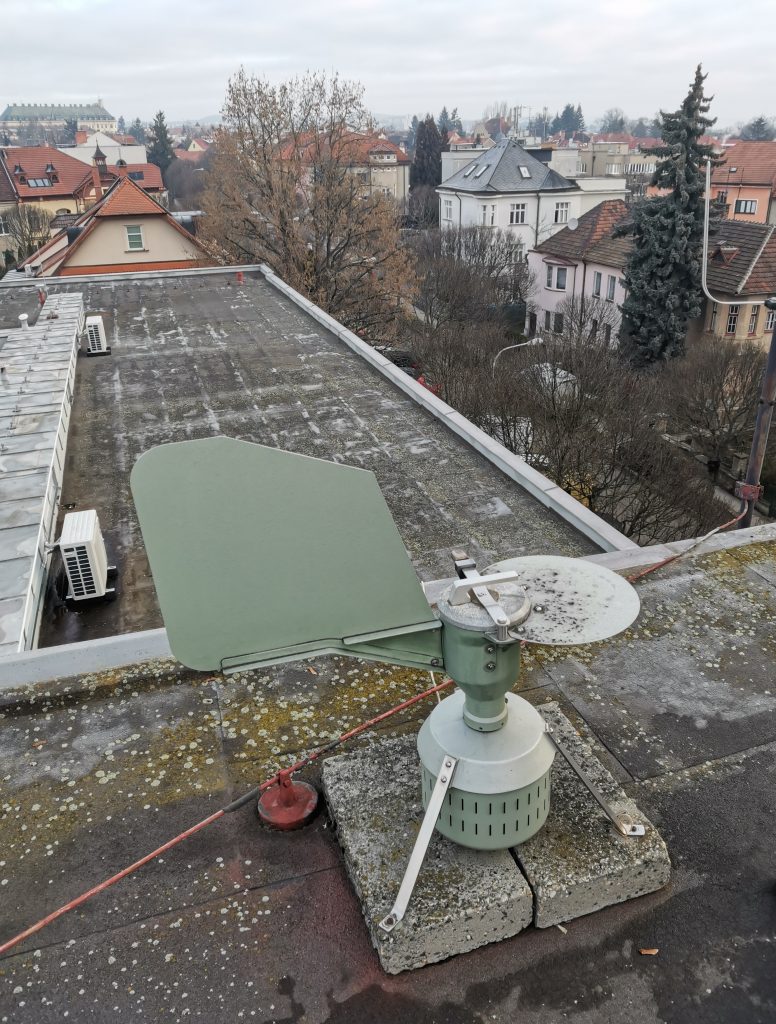As the dedicated communication partner of the project, Pensoft will lead efforts to popularise a new early detection paradigm targeting forest pests in Europe
The issue of pest proliferation is felt more acutely than ever in the wake of globalisation and climate change. As pests and pathogens spread across biomes, the threat to forests and the health of the plants within is only increasing. Cognisant of this worrying trend, the European Union has actively pursued mitigation and prevention measures over the last few years. Grassroots efforts are also on the rise as insights from academia and citizen science alike improve monitoring capabilities on the ground.
To address the core of the problem in its entirety, greater coordination and innovation across the board are required.
It is with this tenet in mind that FORSAID: FORest Surveillance with Artificial Intelligence and Digital Technologies – first emerged on the scene as a Horizon Europе-funded project.
The goal of FORSAID is the inception and deployment of a technology-based early detection system for EU-regulated forest pests.
The pursuit of that very goal brought together 17 partner organisations from 10 countries. FORSAID is funded by the European Union’s Horizon Europe research and innovation programme. Having officially started in September 2024, it is set to continue until February 2028.
Within the team, Pensoft has taken the lead in the domains of Communication, Dissemination and Exploitation. Its long-standing expertise vis-a-vis public campaigns for science initiatives will be harnessed in an attempt to show the benefits and solutions that the latest digital innovations can bring to plant health monitoring. Thus, Pensoft is to help maximise FORSAID’s impact and ensure its long-term legacy.
The project will be presented across the public domain by following a tailored communication plan. Examples of its implementation include social media campaigns, regular updates of a dedicated FORSAID website and synergies with various stakeholder groups.
Foresight in FORSAID
The project consortium firmly believes that digital innovation is the key to a truly effective pest detection framework. This signifies the central role of technology at all stages of this paradigm’s development process.
More specifically, the employment of digital tools will proceed on several levels:
- Satellite and drone surveillance will be employed to remotely map out forested areas of interest and assess the extent of plant damage caused by pests and pathogens.
- Smart traps and DNA barcoding will serve to identify and sort out different species of pests.
- Artificial intelligence (AI) models will assist throughout this process as it helps to automate the procedure, thereby increasing efficiency.
Building on the technology-based research and experimentation, insights from a variety of stakeholders will also be gathered to crystalise FORSAID’s approach.
The consortium’s intent here is the consolidation of a network of interested and involved actors who would ensure the long-term application of the project’s results. A special focus is also placed on citizen scientists, whose practical needs will be considered in the design of the digital tools developed within FORSAID. Finally, a detailed economic analysis will assess the early detection framework and its associated technological instruments, in order to ensure its usability in the long run.

Full list of project partners:
- The University of Padua (Italy)
- The National Research Council of Italy (Italy)
- EFOS Information Solutions D.O.O. (Slovenia)
- European and Mediterranean Plant Protection Organisation (international)
- European Institute of Planted Forest (international)
- National Institute of Agricultural and Veterinary Research – INRAE (France)
- National Research Institute for Agriculture, Food and Environment (Portugal)
- Forest Research Centre (Portugal)
- Karlsruhe Institute of Technology (Germany)
- Linnaeus University (Sweden)
- Museum für Naturkunde – Leibniz Institute for Evolutionand Biodiversity Science (Germany)
- Pensoft Publishers (Bulgaria)
- Slovenian Forestry Institute (Slovenia)
- Telespazio France SAS (France)
- University of Copenhagen (Denmark)
- Ukrainian National Forestry University (Ukraine)
- Swiss Federal Institute for Forest, Snow and Landscape Research WSL (Switzerland)
You can follow the project’s progress and achievements on the dedicated LinkedIn and BlueSky pages and FORSAID’S brand new official website.














